It is October 1986, and I’m on a narrow metal footbridge suspended high above the rushing water of the Chico River. On my back is a pack of heavy photographic equipment — two cameras, multiple lenses and more than 50 rolls of film. I grip the handrails, trying to stay in the center of this suspension bridge. My gaze is focused dead ahead – don’t look down. The rickety footbridge swings, tilting wildly with my every step.
Ahead lies the Kalinga village of Luplupa, one of several isolated Tinglayan barangays built on a steep mountain slope, placed strategically across he river so that its inhabitants could see their enemy’s approach.
Built in 1915, Luplupa is nestled deep within the hand-carved rice terraces of the Cordillera, a landscape untouched by modern times. Climbing up and into the village, I saw many octagonal houses perched on wooden posts. Walls are of wood or split-and-plaited bamboo, topped with cogon grass roofs. Women, intricate tattoos covering their arms and chests, balance pots of dishes and clothing on their heads to be washed in the Chico River. Roaming freely around them are chickens, dogs, native pigs and dozens of little children. The elders squat in small groups smoking tobacco.
It’s impossible to realize at this moment the radical transformation this village is about to experience — a change that within a quarter-century will radically restructure this tribal landscape.
(to see slideshow- click – http://wp.me/p1t7ls-me)
Fascinated by the story of this ancient indigenous culture, I returned to Kalinga in 1993, six years after my first visit. I was witnessing the birth of the province’s extraordinary metamorphosis, and knew immediately that what remained of Kalinga’s significant vernacular architecture must be documented before it was irrevocably lost. I had spent those intervening years as a photojournalist and a historic preservation photographer in New York City.
To pursue this quest I returned in 2000, 2002, and in March 2013, thanks to the generosity of donors – http://www.usaprojects.org/project/a_kalinga_journey_through_time – who funded my trip.
During my first visit in 1986 and 1987, while working on a photo-essay for a newsmagazine, I met Virginia “Virgie” Puyoc, a Kalinga representative at peace negotiations between the new Cory Aquino government, the Cordillera tribes, and the local underground rebel forces. It was her invitation that brought me to Luplupa and we became lifelong friends. After eleven years away, I was looking forward to seeing Virgie and her family, and revisiting Luplupa and Bado Dangwa, the barangay located outside Tabuk, the Kalinga capital, where she had settled.
When I arrived in Manila, I joined my colleagues from Bakás Pilipinas, historic preservation architect Roz Li, anthropologist Pascale Montadert, and conservator Cristina Paterno, to present a lecture ‘Dialogue on Historic Preservation.’ The all-day workshop was sponsored by TAO-Pilipinas and the Mapua School of Architecture, Industrial Design and the Built Environment. It was attended by close to 60 participants. My presentations included a slide show of images from my proposed book, ‘A Kalinga Village Journeys through Time’ and a short how-to lecture on ‘Photographic Documentation of Historic Sites and Structures.’ Roz, Pascale and I arrived in Tabuk the following week to continue our lecture series on ‘Cultural Heritage Preservation: Preserving the Traditional Culture of the Cordilleras’ at a dialogue/workshop sponsored by the National Commission on Indigenous People (NCIP) and the Provincial Tourism Council.
Pascale joined me for next three weeks and together, we visited Bado Dangwa and travelled to Luplupa. I continued my photographic documentation and taught Digital Storytelling classes in both places to the village youth.
Since my last visit, both Luplupa and Bado Dangwa have become densely populated, sprawling landscapes. Villagers had constructed larger houses, some with five or more rooms. On this trip, I had my choice of bedrooms, whereas on earlier visits I stayed with the unmarried women—grannies, aunties and teenage girls—who slept on a bamboo floor in one room where they cooked and ate their meals.
Virgie feels little nostalgia for the older village houses. “As far as the old houses, baliwala,” she says, “we are not attached to them.” Compared to a hut with a grass roof that must be replaced every five years, new metal-roofed homes require less maintenance and are much more spacious and comfortable. But Virgie still displays a profound connection to her vibrant Kalinga culture – to the language, festivals, music, singing, dancing, foods, cooking and storytelling. She delights in sharing with me legends and folklore that were told to her as a child.
I showed a group of Kalinga youths my photographs of their village as it was 27 years ago, and taught them to take their own photographs of traditional artifacts still found in the villages. Their pride in their artistic and cultural heritage was evident. They could see that even when tangible things are mostly gone, photographs can provide a historic record of the heart and soul of the tribal traditions, and of their ancestors who built and sustained Kalinga culture over many centuries. (end Part 1- to be continued)
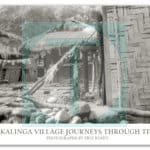
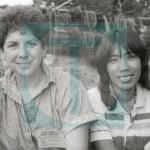
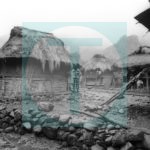
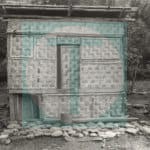
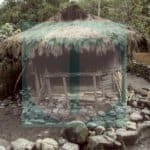
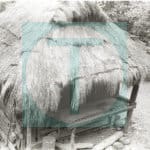
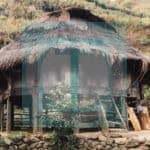
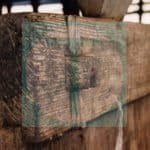
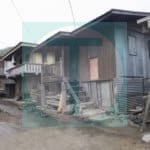
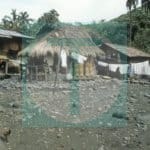
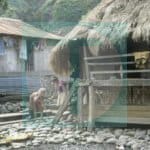
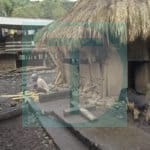
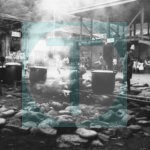
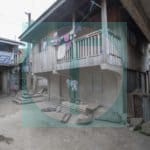
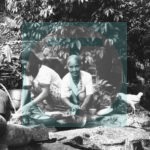

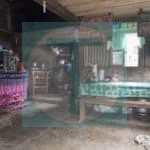
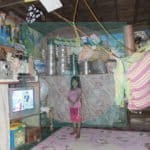
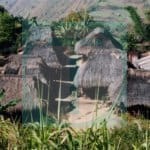
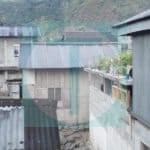
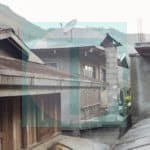
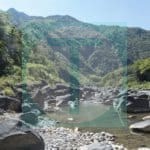
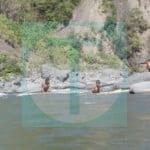
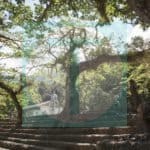
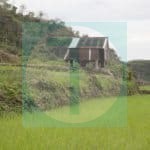

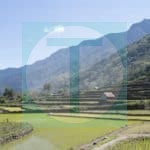

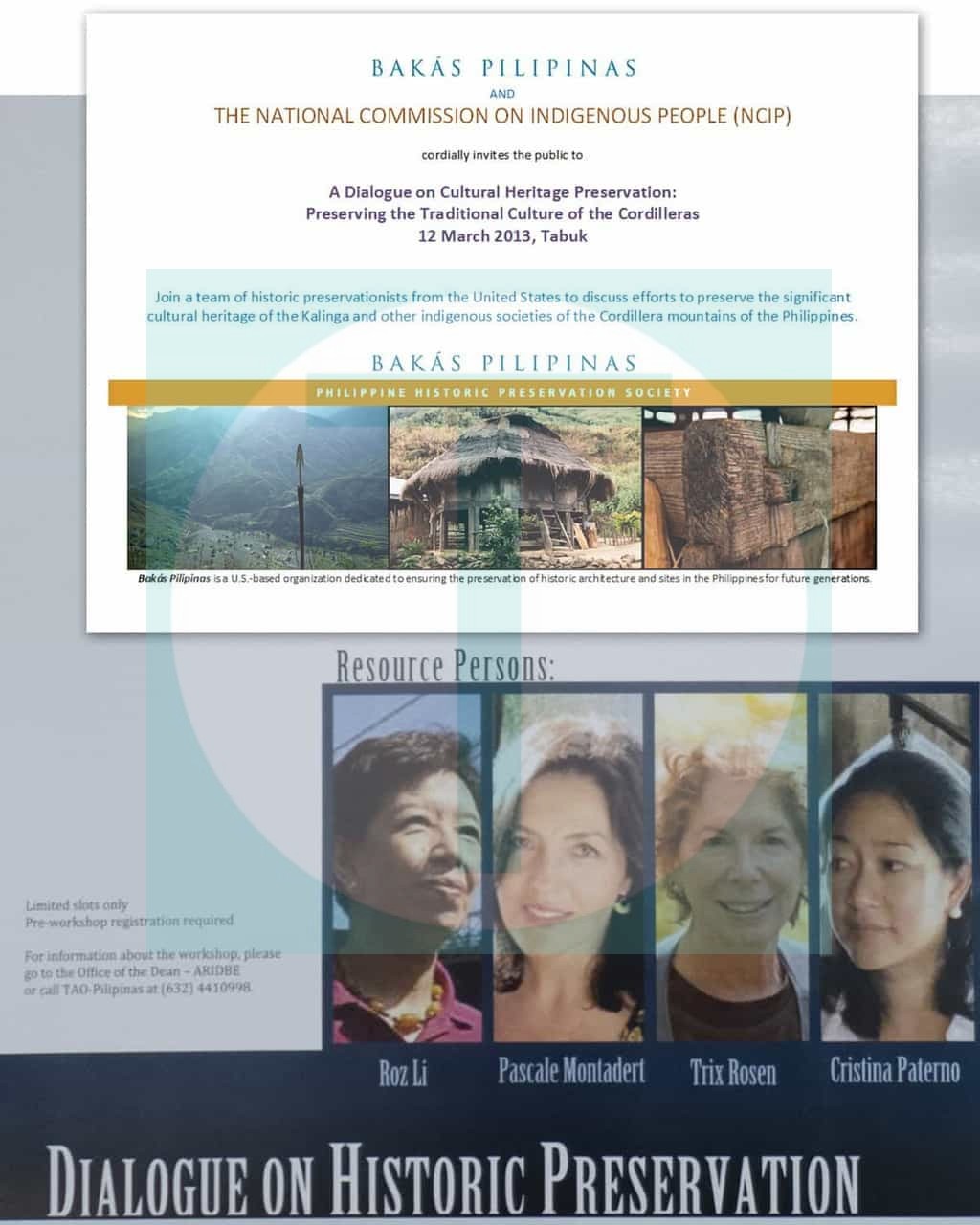
your posts are always the best!
Kind Regards,
Ari Burling Ari Burling Photography email: Ari@ariburling.com studio: +1.917.941.1742
Beautiful pics! It’s great to know that this history is being preserved.
Great job Trix!
What an achievement, Trix. Congratulations.
So well written – I was completely enthralled. Your words were my pictures. Thank you for bringing honor and love to these people and their culture which is now your gift to share with the rest of us.
Vital work to enable indigenous communities, particularly young people, to recognize the treasures of their cultural heritage and document its life breath for generations to come.
Trix Rosen’s remarkable work in the Kalinga region exemplifies the concept of knowledge sharing –encouraging youth to see with their own vision, imparting expertise and hands on skills to indigenous leaders to stand tall by their cultural imprint in history and creating images that reach out through the frame and demand pause.
Bravo Trix, Virgie, the Kalinga Youth Photo Workshop participants!
Great Trix
Debbie and I just checked this out. Hope to see you soon.
xo Margie
Sent from my iPad
Trix, what a fabulous project. Your photos and storytelling are powerful. phenomenal piece!